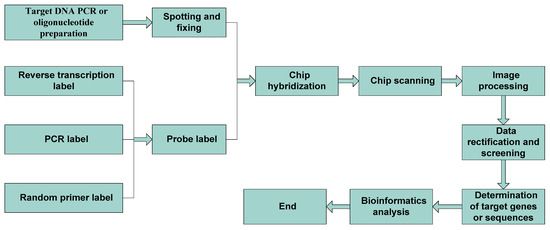The mitosis process is a vital process in a cell’s life. It is a time during which the chromosomes make duplicate copies of themselves. The division of the chromosomes takes place as sister chromatids separate and move to opposite sides of the cell. The cells’ chromosomes are attached to their centromeres and become connected to form a pair or individual chromosome.
Molecules from worksheet 3.9 mitosis sequencing answers , source:mdpi.com
During mitosis, there are four basic phases. Some textbooks list five. The early and late phases are divided by the prophase and the telophase. Each phase is essential for the division of the chromosomes. These worksheet answers help students understand the importance of each phase. To learn more, read through a short article on mitosis. Listed below are sample questions and explanations for each stage of the mitosis cycle.
The first phase of mitosis is known as prophase. This is the time when the cells are almost ready to divide. The second phase is called anaphase. Here, the chromosomes are separated into two new chromosomes. Each chromosome has its own nucleus. In telophase, the chromosomes of both pairs are pulled towards opposite ends of the cell.
Discovering putative prion sequences in plete proteomes using from worksheet 3.9 mitosis sequencing answers , source:bmcgenomics.biomedcentral.com
The first phase, called anaphase, is where the sister chromatids separate from each other. They are pushed towards opposite ends of the cell. The protein “glue” that holds them together breaks, allowing the chromatids to separate. Each pair has its own chromosome and a corresponding chromosome in the mother cell. Each pair of chromosomes is pulled towards opposite ends of the cell, called anaphase.
During mitosis, the sister chromatids are separated from each other. They are then pulled to opposite ends of the cell. The sister chromatids are now separate chromosomes. As they move apart, the chromosomes also become visible. During the anaphase phase, the cytoplasm of the cell begins to split, and the chromosomes begin to line up along the equator.
Rajendran Sanalkumar PhD from worksheet 3.9 mitosis sequencing answers , source:researchgate.net
The process of mitosis consists of four phases. There is an early and late phase, and there is also a midphase. During cytokinesis, the chromosomes begin lining up along the equator of the cell. Each chromosome in each pair line up, forming a spindle. The resulting cell plate is a new cell.
The process of mitosis is divided into four main phases. Each phase has a unique function in the cell’s life. Each phase is important because it determines the division of chromosomes and other organelles. Each phase is divided into separate sections, forming a spindle. The equator of the cell is the cell’s center. Once the equator has been split, the chromosomes are in their respective positions and pull apart.
P250 Türk Biyokimya Dergisi from worksheet 3.9 mitosis sequencing answers , source:studylib.net
In mitosis, the sister chromatids separate. They are pulled toward opposite ends of the cell. Each pair has its own chromosome. During the process of mitosis, sister chromatids are pulled to opposite ends of the cell. The chromosomes are pulled to different parts of the cell by the motor proteins. This process is the basis of the cellular life.
There are four basic phases of mitosis. Some textbooks refer to five, but the four are the most important. There are three separate phases called the prophase, anaphase, and telophase. Each phase is important for the division of chromosomes, so it’s important to understand how each phase works. The answer for each of these phases will help you understand the process.
Molecules from worksheet 3.9 mitosis sequencing answers , source:mdpi.com
At the end of prophase, the cell reaches a checkpoint that ensures that all chromosomes are attached to their kinetochores. The spindle, a long, narrow structure, is a hub of activity, which is why the chromosomes begin condensing. After a cell reaches this stage, it begins to divide into its daughter cells.
Juan Antonio Ugalde PhD Marine Biology uBiome from worksheet 3.9 mitosis sequencing answers , source:researchgate.net
Frontiers from worksheet 3.9 mitosis sequencing answers , source:frontiersin.org
Insulin Receptor Isoforms in Physiology and Disease An Updated View from worksheet 3.9 mitosis sequencing answers , source:academic.oup.com
Technological and Engineering Trends for Production of Gluten Free from worksheet 3.9 mitosis sequencing answers , source:link.springer.com
Chapters Archive Page 4 of 34 Endotext from worksheet 3.9 mitosis sequencing answers , source:endotext.org















